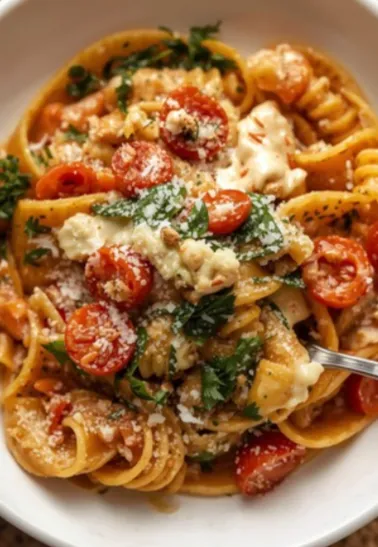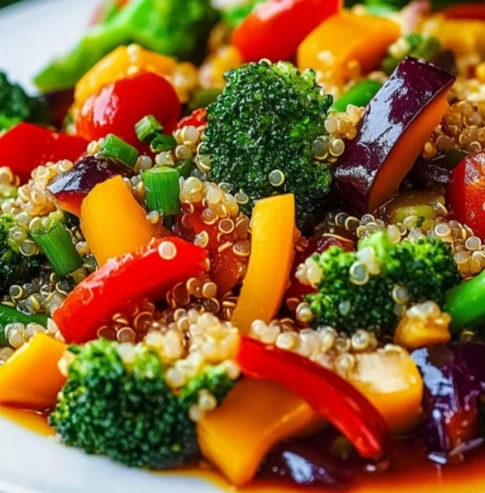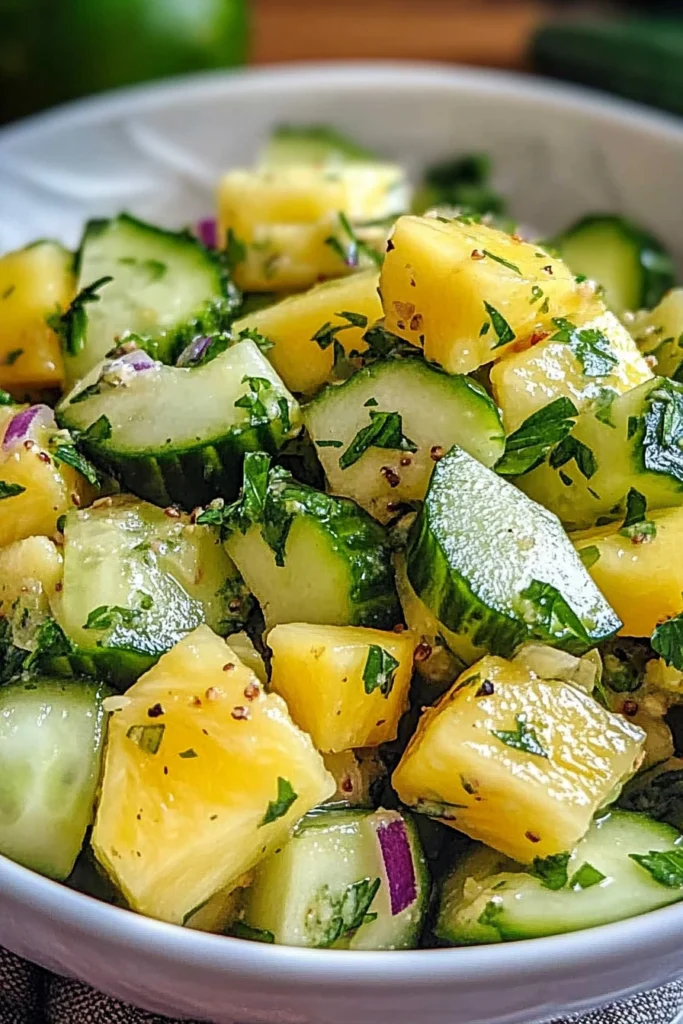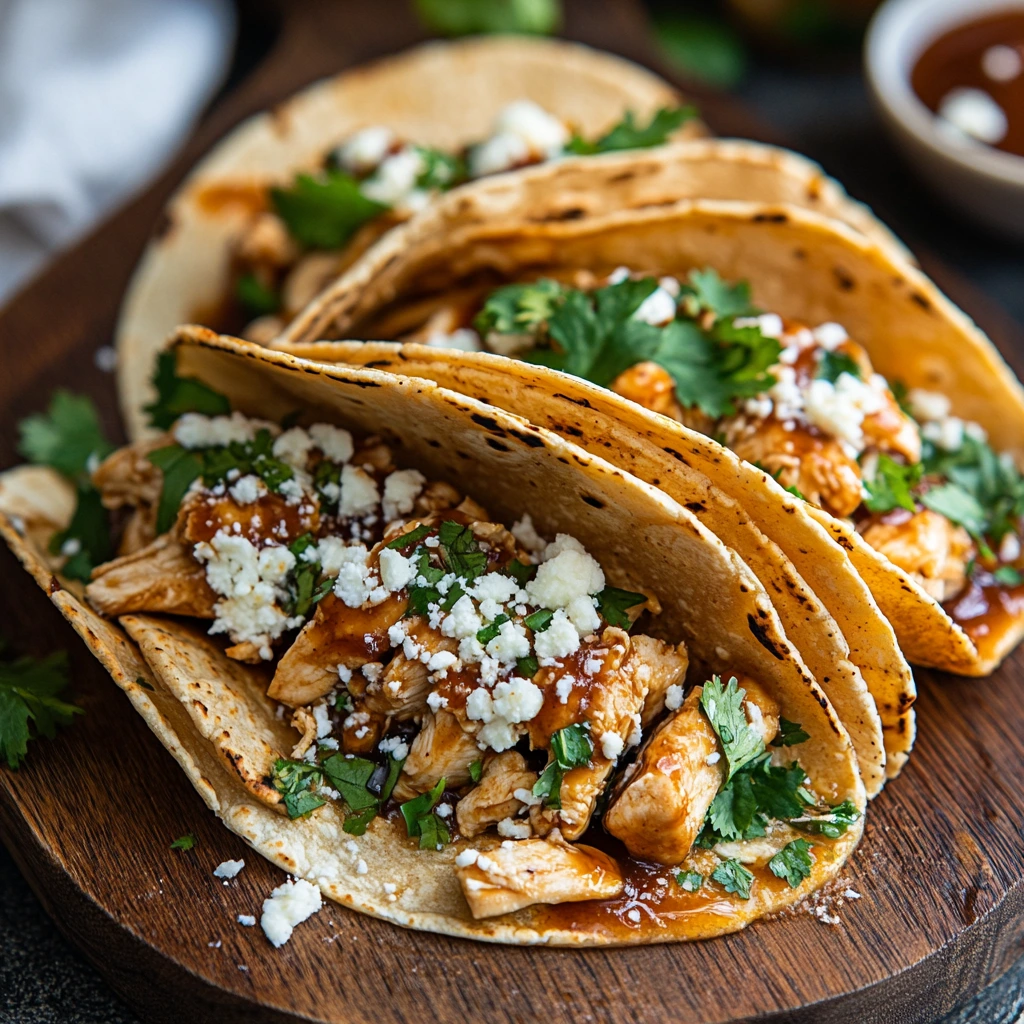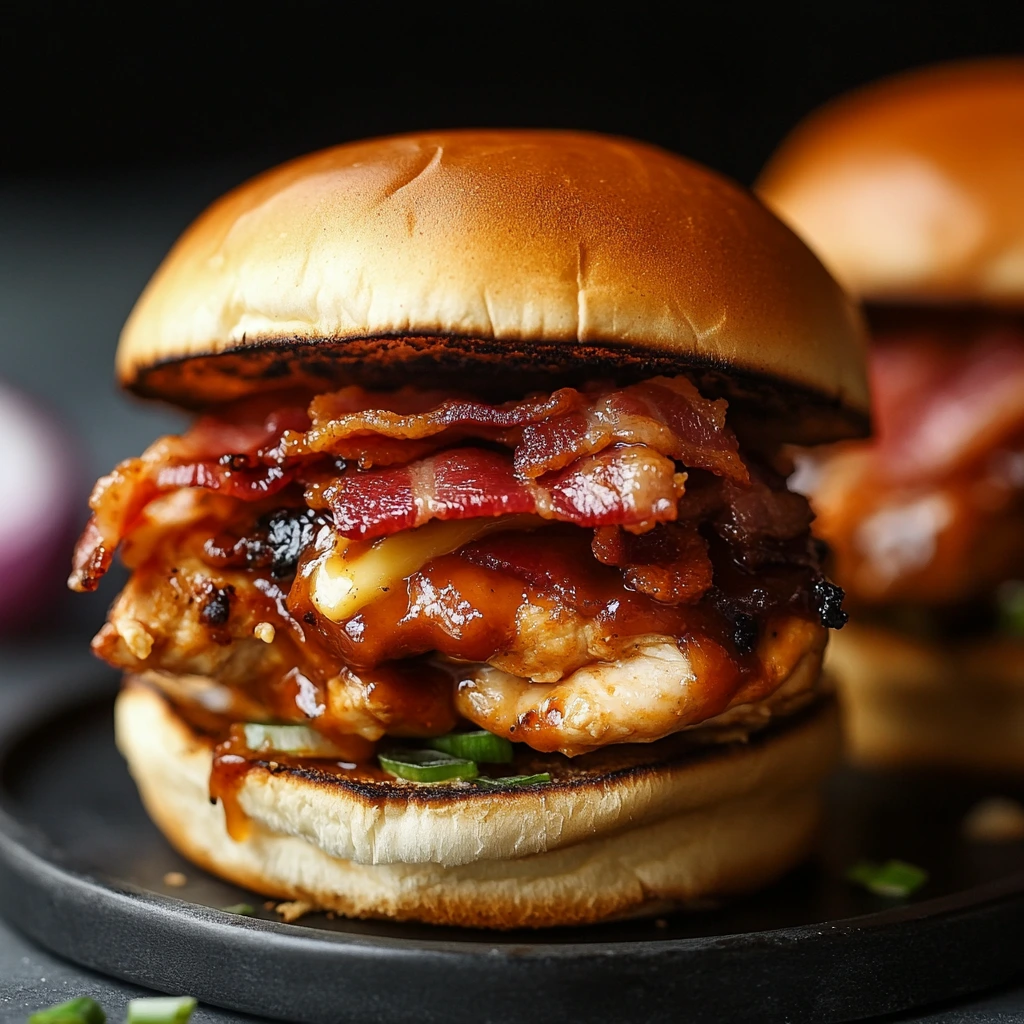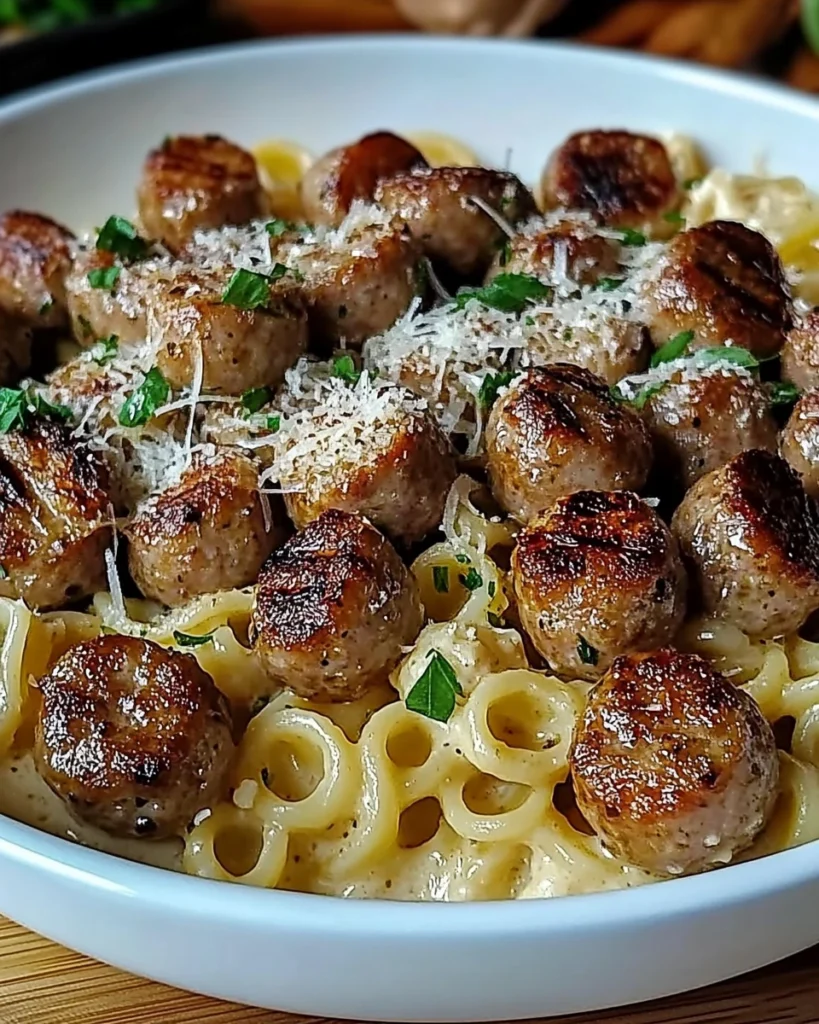Pasta Primavera is a timeless Italian-American dish that beautifully balances the richness of pasta with the freshness of seasonal vegetables. Beloved for its light, vibrant flavors, it has become a go-to recipe for those seeking a healthy, satisfying, and versatile meal. Whether you’re preparing a quick weeknight dinner, hosting a brunch, or simply craving a colorful plate of pasta, Pasta Primavera is the answer.
In this complete guide, we’ll dive into the origins of Pasta Primavera, the essential ingredients, cooking methods, creative variations, health benefits, and expert tips to elevate your dish. By the end, you’ll not only know how to make a delicious Pasta Primavera but also understand how to adapt it to different seasons and tastes.
What Is Pasta Primavera?
The word “Primavera” translates to “spring” in Italian, symbolizing freshness, renewal, and seasonal produce. Pasta Primavera is traditionally made with lightly cooked vegetables tossed with pasta and a simple sauce—often olive oil, garlic, or a light cream base.
Unlike heavy Italian classics such as Fettuccine Alfredo or Lasagna, Pasta Primavera shines because of its color, freshness, and versatility. It’s not bound by strict rules—different vegetables can be added depending on availability, making it a dish that evolves with the seasons.
The Origins of Pasta Primavera
Interestingly, Pasta Primavera doesn’t trace its roots directly to Italy. Instead, it gained fame in New York City in the 1970s, when Sirio Maccioni, founder of the renowned Le Cirque restaurant, introduced it to American diners. The story goes that Maccioni improvised the dish while cooking at a private home in Canada, combining pasta with fresh vegetables, olive oil, and Parmesan.
The dish quickly became a sensation, capturing the spirit of Italian cuisine with a modern twist. Today, Pasta Primavera is recognized worldwide as a healthy, elegant, and delicious pasta recipe.
Why Pasta Primavera Is Perfect for Any Occasion
- Healthy yet satisfying: Packed with fiber, vitamins, and antioxidants.
- Customizable: Works with almost any vegetable or pasta shape.
- Quick & easy: Can be prepared in under 30 minutes.
- Great for gatherings: Bright colors and flavors impress at the table.
- Seasonal flexibility: Spring asparagus, summer zucchini, autumn mushrooms, or even winter kale all work beautifully.
Key Ingredients for Pasta Primavera
To create an authentic and flavorful Pasta Primavera, focus on fresh, high-quality ingredients. Here are the essentials:
1. Pasta
- Long shapes: Spaghetti, linguine, or fettuccine are classics.
- Short shapes: Penne, rigatoni, or farfalle for bite-sized pieces.
- Whole wheat or gluten-free pasta for dietary preferences.
2. Vegetables
Use a variety of seasonal vegetables for color and texture. Common choices:
- Bell peppers
- Zucchini
- Carrots
- Asparagus
- Broccoli
- Cherry tomatoes
- Peas
- Mushrooms
- Spinach
3. Sauce Options
- Light Olive Oil & Garlic – The most authentic and healthy option.
- Creamy Alfredo-style – For a richer, indulgent twist.
- Lemon & Herb – Bright and refreshing.
- Tomato-based – For those who prefer a more robust flavor.
4. Cheese & Garnishes
- Freshly grated Parmesan or Pecorino Romano.
- Fresh basil, parsley, or oregano.
- A drizzle of high-quality extra virgin olive oil.
Step-by-Step Recipe: Classic Pasta Primavera
Ingredients (4 servings):
- 12 oz (340 g) pasta (spaghetti or penne)
- 2 tbsp olive oil
- 3 cloves garlic, minced
- 1 red bell pepper, thinly sliced
- 1 zucchini, julienned
- 1 carrot, julienned
- 1 cup cherry tomatoes, halved
- 1 cup broccoli florets
- 1/2 cup peas (fresh or frozen)
- 1/2 cup grated Parmesan cheese
- Salt & pepper to taste
- Fresh basil for garnish
Instructions:
- Bring a pot of salted water to a boil and cook pasta until al dente. Reserve 1/2 cup of pasta water.
- Heat olive oil in a large skillet. Add garlic and sauté until fragrant.
- Add bell pepper, zucchini, carrot, broccoli, and peas. Cook until tender-crisp (about 5 minutes).
- Toss in cherry tomatoes and cook for 2 minutes.
- Add cooked pasta and a splash of reserved pasta water to bind.
- Stir in Parmesan cheese, salt, and pepper.
- Garnish with fresh basil and serve warm.
Seasonal Variations of Pasta Primavera
- Spring: Asparagus, peas, artichokes, spinach.
- Summer: Zucchini, corn, cherry tomatoes, fresh herbs.
- Autumn: Mushrooms, butternut squash, kale.
- Winter: Brussels sprouts, cauliflower, roasted carrots.
Each season brings its own personality to the dish, making Pasta Primavera endlessly adaptable.
Tips for the Perfect Pasta Primavera
- Don’t overcook vegetables – Keep them tender-crisp for texture and nutrition.
- Reserve pasta water – Helps emulsify the sauce and coat pasta evenly.
- Balance flavors – Use lemon juice or zest to brighten the dish.
- Choose fresh herbs – They elevate the final flavors.
- Add protein if desired – Grilled chicken, shrimp, or chickpeas make great additions.
Health Benefits of Pasta Primavera
- Rich in antioxidants from colorful vegetables.
- Supports digestion with fiber.
- Heart-healthy thanks to olive oil.
- Balanced nutrition when paired with lean protein.
- Low-calorie option compared to heavy cream pasta dishes.
Creative Twists on Pasta Primavera
- Vegan Pasta Primavera – Skip the cheese or use nutritional yeast.
- Gluten-Free Pasta Primavera – Use rice pasta, lentil pasta, or chickpea pasta.
- One-Pot Pasta Primavera – Cook pasta and vegetables together for easy cleanup.
- Baked Pasta Primavera – Top with mozzarella and bake for a cozy twist.
- Cold Pasta Primavera Salad – Perfect for picnics and summer lunches.
Pairing Suggestions
- Wine: A crisp Sauvignon Blanc or Pinot Grigio.
- Side dishes: Garlic bread, caprese salad, or roasted vegetables.
- Dessert: A light fruit sorbet or tiramisu to end the meal on a refreshing note.
Pasta Primavera for Special Diets
- Low-carb: Use zucchini noodles (zoodles).
- Keto-friendly: Swap pasta for shirataki noodles.
- Dairy-free: Use olive oil and dairy-free cheese alternatives.
- High-protein: Add grilled salmon, chicken, or tofu.
Why Pasta Primavera Deserves a Place on Your Table
Pasta Primavera isn’t just a recipe—it’s a celebration of fresh produce and wholesome eating. Its adaptability makes it a timeless classic that fits into any season, occasion, or lifestyle. From busy weeknights to family gatherings, this dish embodies the perfect balance between comfort and health.
So, next time you’re craving pasta, skip the heavy sauces and embrace the colorful, nourishing world of Pasta Primavera.
Final Thoughts
Pasta Primavera remains a favorite because it delivers on all fronts: flavor, nutrition, and versatility. By mastering this dish, you’ll always have a go-to recipe that adapts with the seasons, satisfies cravings, and impresses guests.

